Disclaimer: This post contains affiliate links to handpicked partners, including tours, gear and booking sites. If you click through or buy something via one of them, I may receive a small commission. This is at no extra cost to you and allows this site to keep running.
Travel to Iran and you will see preserved history alongside a new Iran. Here are the best places to visit in Iran to see ancient Persia.
Modern Iran or Ancient Persia? Travelling to Iran actually means seeing both. Ancient Persian sites are preserved, accessible and on show, yet shrouded in the rules of the modern-day Islamic Republic of Iran we hear more about.
A fellow traveller on my Iran tour gave me a book called The Tipping Point. It’s about the theory of how little things can make a big difference; to understand that the notion of trends, societal transformations and other significant changes are like epidemics – contagious and able to spread quickly.
To quote the author, Malcolm Gladwell, in his introduction: “We need to prepare ourselves for the possibility that sometimes big changes follow from small events, and that sometimes these changes can happen very quickly. This possibility of sudden change is at the centre of the idea of the Tipping Point and might well be the hardest of all to accept.”
I realised that my mix of emotions upon returning from Iran centred around my willingness for the emergence of this tipping point. I felt confused and saddened for my friends living within enforced boundaries that detracted from the more liberal days of old Persia; and delight at those who pushed them in order to remain happy and make the best of a bad situation (through fashions, outspoken voices and mixing freely).
I felt overwhelmed by the abundance of images and propaganda of Ayatollah Khomeini who led the revolution in 1979, alongside the glorification of war martyrs. Yet, I felt hope upon hearing those anti-American slogans are soon to be pulled down, and that anti-western sentiment is not as strong as it once was. I felt happy that there was still a touch of the mysteries of Ancient Persia in the air, especially in those remnants of the Persian Empire which still poke through.
NOTE: Due to the volatile situation and continuing widespread protests, travel to Iran is not possible at this time.
But the one thing that defines Iran is change. It’s not a scary place. The treasures of ancient Persia still stand and have not been bulldozed in the way we have seen with other extreme ideological societies. The people are not extreme, and outsiders are welcomed, albeit some nationalities with more restriction (yet still let in).
The new generation of Iranians is pushing for adjustment and transformation. Some even call themselves Persian people rather than ‘Iranian’. Strict enforcement can no longer police everything and the current President, Hassan Rouhani (who even takes to Twitter) seems to be paving the way for better lines of communication with the Supreme Leader.
It summed up how I felt about Iran – that the once glorious traditions and wonders of the old civilisation of ancient Persia (the biggest the world has ever seen) will one day really break through the dark cloak of a repressive regime and be even more alive than they already are.
Travel to Iran remembering that the people are not always representative of their government.
Visit Iran knowing that there are remnants of ancient Persia AND Iran’s modern history.
Being a visitor in Iran is to be here is to lose oneself in the former, and try your absolute hardest to understand the latter.
Contents
To Visit Ancient Persia
It’s not fair to judge Iran solely on the negative things we hear. This is a country of vast landscape and tales of empire; an Islamic country that still retains a national language; a country that preserves old arts, national treasures and royal heritage.
“I travelled to Iran to see Persia”, said a fellow traveller, and it’s guaranteed you will see that. The central area of the country, where most travellers spend a lot of time, unveils a treasure trove of antiquity and culture.
If there’s one thing the current regime didn’t destroy, it was the country’s remarkable history. Those little romanticised elements of a golden age can be sought out all over.
READ MORE: For a comprehensive overview about pre-planning and travel, see my Iran travel guide.
History of Persia
This region of the world was once home to a vast Empire between 1100BC to 550BC. It wasn’t until the 7th Century that the First Persian Empire (The Achaemenid Empire 550–330 BC) came about, led by Cyrus the Great.
Persia came to be known as the greatest Empire the world has ever known – with the Persepolis the greatest symbol of its power (and now one of the most popular Persian sites to visit). The Empire included what is now the modern-day area of the Middle East (including Turkey, Israel, Palestine, Lebanon, Jordan, Egypt, Syria, Kuwait, Oman, Saudi Arabia and the UAE), the Black Sea regions (of what is now Georgia, Armenia and Azerbaijan) as well as parts of Afghanistan, Pakistan and China.
It was Alexander the Great of Macedonia who put an end to the vast Empire in 330 BC, where he is said to have later burnt down the Persepolis.
Yet the arrival of the Arabs in AD633 was a huge turning point in the region’s history, with the ancient Iranian religion of Zoroastrianism replaced by Islam. Then began a cycle of rule shifting between the Arabs, Turks and the Mongols, and a lot else in between.
Best Places to Visit in Iran to see Ancient Persia
Tehran
It’s hard to believe Tehran was, back in the 19th Century, a village with glorious weather and Persian gardens, set amongst a mountainous backdrop. Now it’s a dusty, traffic-ridden, nondescript city but with the phenomenal buzz that comes from the throng of a large population in open squares and alleyways dominated by markets, shops and motorbikes.
It’s everything you expect of a developed Middle Eastern capital city. People flocked here as it was considered a city with equal opportunity, although divided into the super-rich North and the less affluent south (where most of the hotels are based).
However, within the grey and beige and bustle, multi-coloured mosaic tiles poke through – the palaces and summer residences of the generations of royal rule, tombs and mosques. National treasures, whose monetary value is worth more than the entire country as it currently stands, are housed within heavily guarded museums like the Jewels Museum.
Ancient Persia is treasured, although much of its more recent history is on show – the torture prison from the days of Reza Shah, where videos and documents talk of ‘prisoners of conscience’ under the Royal Rule and the revolution referred to as ‘glorious’; where photos are not allowed but where you are encouraged to take images of its most famous prisoner – the current Supreme Leader, Ali Khamenei.
You’ll also find it at the Martyrs Museum that documents the tragic Iran-Iraq war of the 80s and the US Den of Espionage – the former US embassy taken over by students to confirm acts of spying and where employees were held hostage for 444 days.
Yazd
Yazd is the hub of Zoroastrianism (based on the belief in natural phenomena and anything that is alive is worshipped) with the oldest fire flame in the world and where visitors can climb the dusty desert paths to the Towers of Silence burial grounds.
Zoroastrianism was the religion in Persia up until the 7th century until the Arabs came and enforced Islam (those who did not want to convert were asked to either leave the country or pay double the taxes).
While many Zoroastrians fled to India (making a historical promise that still stands – that they could be let in but that they couldn’t convert anyone to their religion) many pilgrimage to Yazd every year. Yazd also houses the highest mosque minarets in all of Iran.
Kerman
Kerman, once the centre of metal and copper craftsmanship, oozes ancient Persian history from its grand bazaar, old bathhouse (now a museum) and the underground teahouse. However, it is also an important area for Opium cultivation (which is still used in Persian traditional medicine) and so it is of no surprise that it sits on a drug smuggling route – hence all the police stops on the highways that eventually lead to the Pakistan border. The only threat to tourists here is an abundance of fascination.
Shiraz
Shiraz remains one of my favourite destinations – the city that is considered the cultural capital of Iran. Ancient Persia remains here and you can easily imagine the descriptions of gardens and nightingales found in the diaries of those traversing the Silk Road.
Few gardens remain, alongside one Koran Gate – one out of the original seven – and the old Citadel (once the residence of the King before being turned into a prison by Reza Shah). Shiraz feels more relaxed, romantic and free. The tomb of Hafez (the Persian poet of love) is one of the much-loved local hangouts.
It is from Shiraz that you will head towards the incredible ruins of the Persepolis (Greek name meaning ‘City of the Persians’) – the greatest symbol of The Achaemenid Empire. Here is your chance to stand within the centre of the most successful ancient civilisation of all time.
Isfahan (Esfahan)
Isfahan (Esfahan) is the Islamic hub of the country and is more conservative (most governmental men and top police officials are from here) and the people more serious in nature – conditioned, through various periods of history, to be tough and strong.
However, Isfahan is home to Imam Square – a UNESCO site of mosques and palaces set within and the second largest square in the world after Tiananmen Square, Beijing. In the day the square conceals a winding maze of alleys and bazaars; at night is gleams with pastel hues as locals flock here to sit by the water and escape the bustle of the city’s modernised, main streets.
The Road to the Water Mountains
The Road to the Water Mountains was a drive through a land of golden valleys, salt plains and blue skies. Our first stop was in the city of Ardistan in the central point of the desert. Destroyed and rebuilt many times over, the Mosque here was not destroyed and is revered because it used to be one of the most important temples of Zoroastrians in the desert.
Nearby villages, such as Zedehan are also home to old mosques that were once Zoroastrian fire temples. They may not be opulent villages, but they are a door to old Persia and what still stands of it.
Abyeneh
Abyeneh in the central, desert area of Iran, is one of the oldest villages in the country. It’s here where you will see the differing sub-cultures that exist within Iranian society, further breaking down the stereotype – women still wear the long, floral patterned scarves and men don baggy black trousers. It’s said that the government has tried to change this, yet this old cultural custom continues, with the town becoming quite the place of interest.
Kashan
Kashan is the centre of potteries and is now famous for roses and world-renowned rose water. So much so that after Hajj in Mecca, rose water is imported from here for the post clean up and big named perfumed brands are cited as the main customers. Many come here though for the Fin Garden, whose constant flow of water comes from an unknown source.
In reality, you could busy yourself for months uncovering the timeworn structures and historical strongholds of ancient Persia, but that’s not to ignore the wider issues that exist here today.
Travelling in Modern-Day Iran
Iran is not a land of American hating extremists and burka-clad women. It’s not a country of weapon-toting, nuclear arms waving warmongers. You’ll soon have your preconceptions shattered when you arrive, as locals welcome you to their country in eagerness to show you that its image is not how the Western media portrays it.
Iran is not exactly hiding its nuclear energy sites either (I drove past the one Natanz. Nearby Qum has gone completely underground), despite refusing to cooperate internationally or cooperate with a country that holds the world’s largest number of nuclear capabilities itself.
Its modern-day history is convoluted and is something else that is important to learn and apply to your travels here.
History of Iran
During WW1 both Britain and Russia predominately occupied parts of Iran but in 1921, Reza Khan (the then Prime Minister of Iran) staged a coup d’état and overthrew the Qajar Dynasty, becoming the first Shah of Iran. His grand hopes of modernising Persia, much in the same vein as what Ataturk was doing in neighbouring Turkey, made him a lot of enemies – not everyone could connect with his ideas. He was forced into exile in 1941, and soon after the British put measures into place for his son, Mohammad Reza to succeed him.
By 1943, Britain, Russia and the USA signed, at the Tehran Conference, an acceptance of the independence of Iran.
But opposition to the Shah, especially from those more conservative, was brewing and by the early 1960s, Ayatollah Ruhollah Khomeini emerged as the opposition figurehead (and later banished by the Shah in 1964). Modern Iran society was split between those wanting rapid reforms and devout Muslims who wanted them culled, and alongside other factors such as the Shah being seen as wasteful with money, and foreign presence ruining the culture and taking all the oil, opposition only grew.
Khomeini’s return to the country on 1st February 1979 was the beginning of a significant change citing: “From now on, it is I who will name the government” where he established the Islamic Republic, with himself at the helm as its Supreme Leader. It was the same year that students stormed the US embassy and took 52 members of staff hostage for over 400 days on accounts of espionage. By 1980, Saddam Hussein tried to take oil-rich land, beginning what would become an eight-year war only solidified support for the Islamic Revolution.
When Khomeini died in 1989 it didn’t signal the end, for his position was simply passed to former President, Ali Khamenei. By 2009, an uprising (that has been predicted for 10 years) failed, and since then sees a continuation of ruthless crackdowns. However, the current President is the wave of moderation that is paving the way for a new future.
How a Trip to Iran Will Open Your Mind
Travelling in Iran means having a mindset that switches from ancient Persia wonder to modern frustration. It can be tricky to even enter Iran with the visa and nationality restrictions in place, and it is hard to fathom why life is so different from our own.
Seeing how women must always wear and headscarf and hijab while their male counterparts dress more freely (women, of course, at the centre of the attention of the ‘Morality Police’ who monitor) can be hard to swallow. Apart from teahouses, no form of evening entertainment hangouts (such as bars) exist and the internet is limited and social media blocked.
Yet people are happy to talk about politics, societal developments and aspirations. Strict clothing rules are pushed by fashions such as headscarves worn halfway back to show coloured and styled hair and hijab that only just adheres to the desired length. People hold private gatherings and parties. A black market is thriving. Many people have studied abroad to gain skills and life experience and have returned with knowledge of how different things are from what they are told. VPNs are downloaded to secure a constant connection to the outside world.
It appears that a society – whose politics rest on one Supreme Leader with a Guardian Council of clerics and Islamic Jurists who can veto any law passed by parliament – may not be able to hold on to the aspirations of a generation all too eager for change and who want to help bring Iran into the modern fold.
And while the government is said to try to limit interaction between Iranians and visitors, it’s inevitable and natural and beautiful. Interaction is key, and when you are there, not frowned upon in any way. Visitors come and understand, just as it is crucial for Iranians to be aware of the psyche of the West – both a means of breaking down stereotypes on both sides.
Foreign visitors will come and see that the West often reports on the absolute worst of it all, without separating the people from its government.
However, in all the media hype many stupidly lap up (and as a result miss out on visiting countries like this), we should really step back from expecting the West to go barging in or thinking it can make things right by doing so. Western powers can’t necessarily enforce changes that otherwise work OK at home.
Why? Because when you visit Iran you will all too quickly see that change is already coming.
It’s happening naturally but has yet to reach its crucial tipping point.
But one thing’s for sure, you can still travel to Persia and find yourself within the depths of its centuries-old history, but a new Iran is certainly emerging.
Things To Know About Modern Iran and Ancient Persia
Thinking of travelling to Iran and want more information on visas, customs and all the top travel tips?
READ MORE: For a comprehensive overview of pre-planning and travel, check out my Iran guide here.
READ MORE: Understand cultural customs and pre-plan for visit with this guide to the Iran dress code.

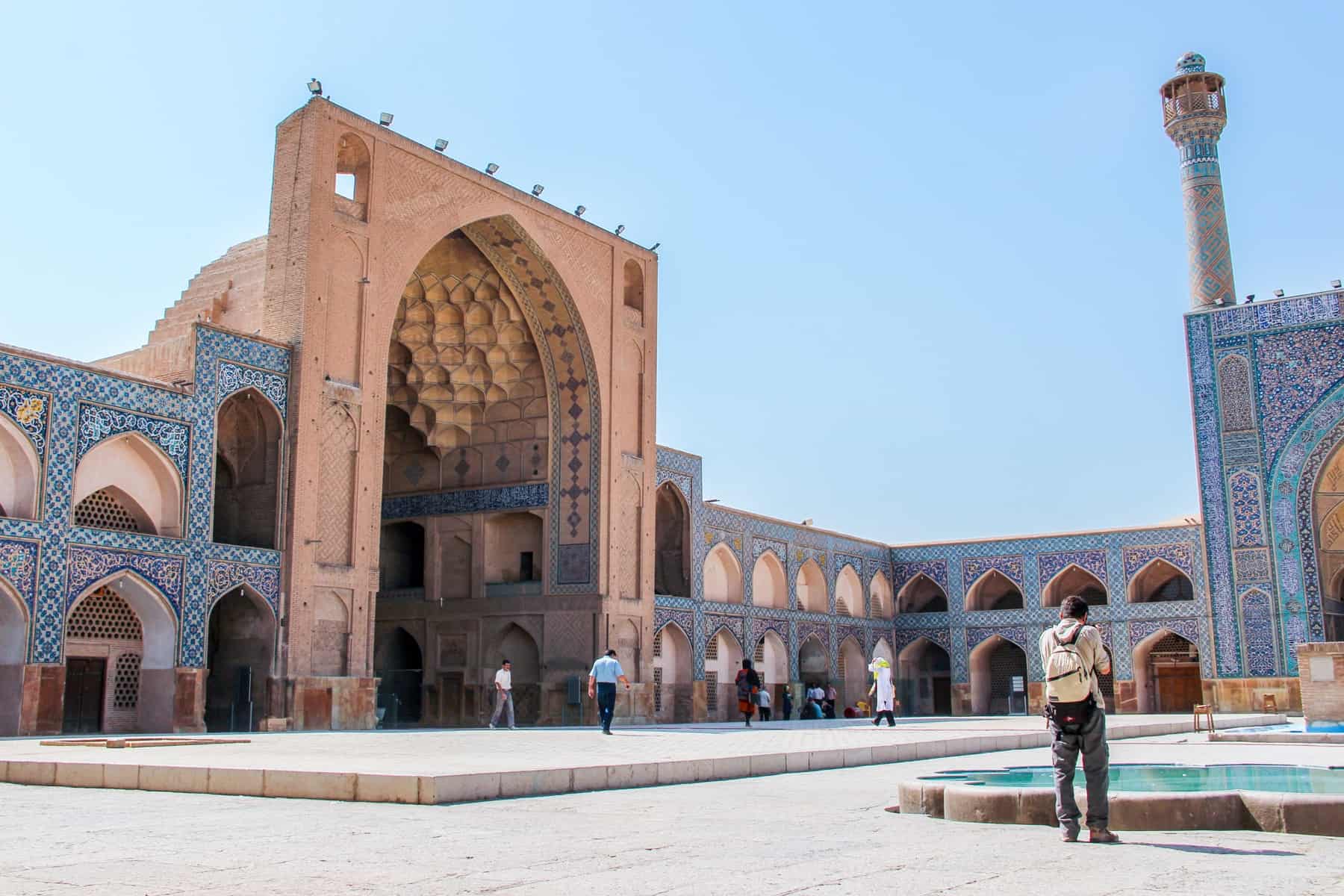
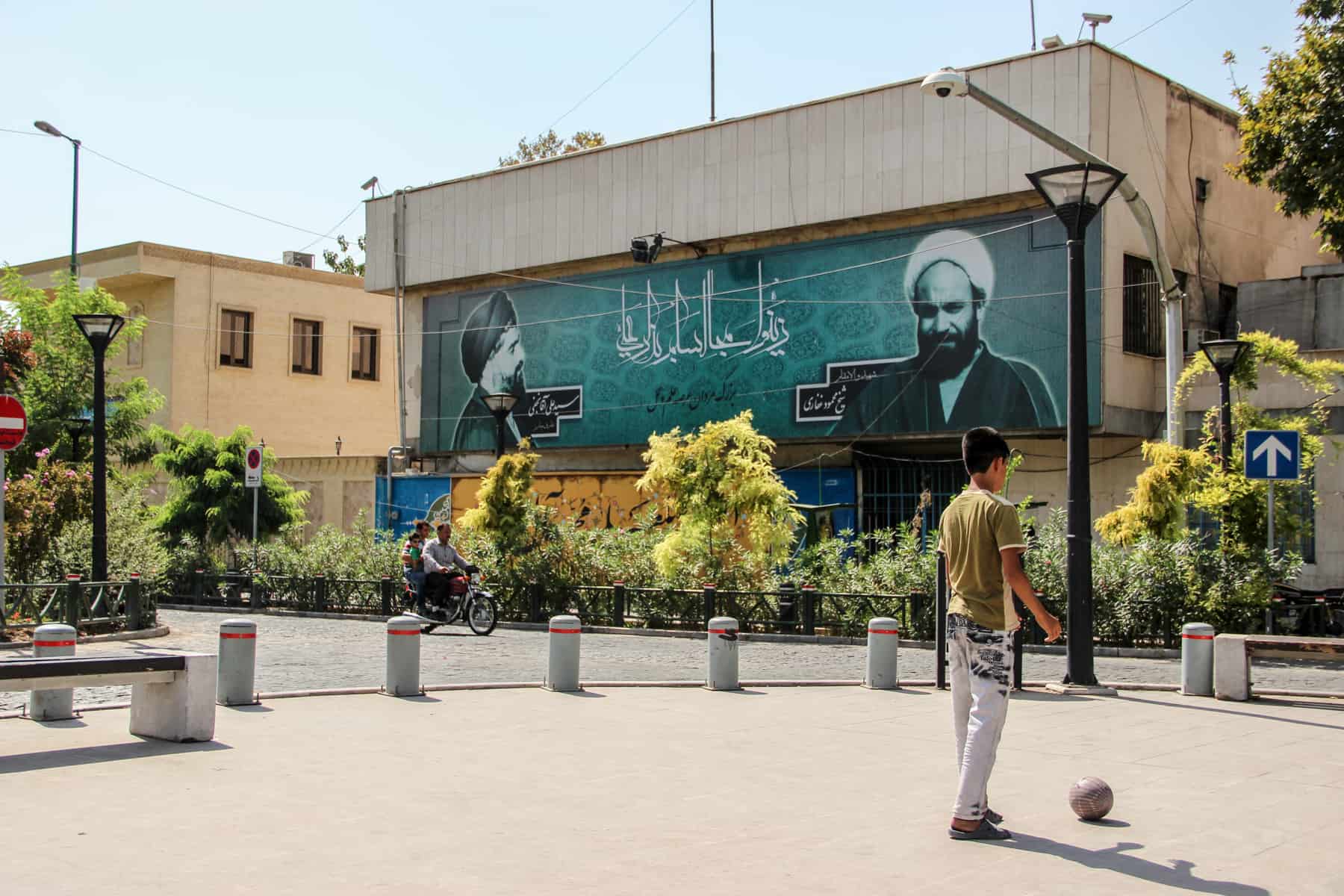
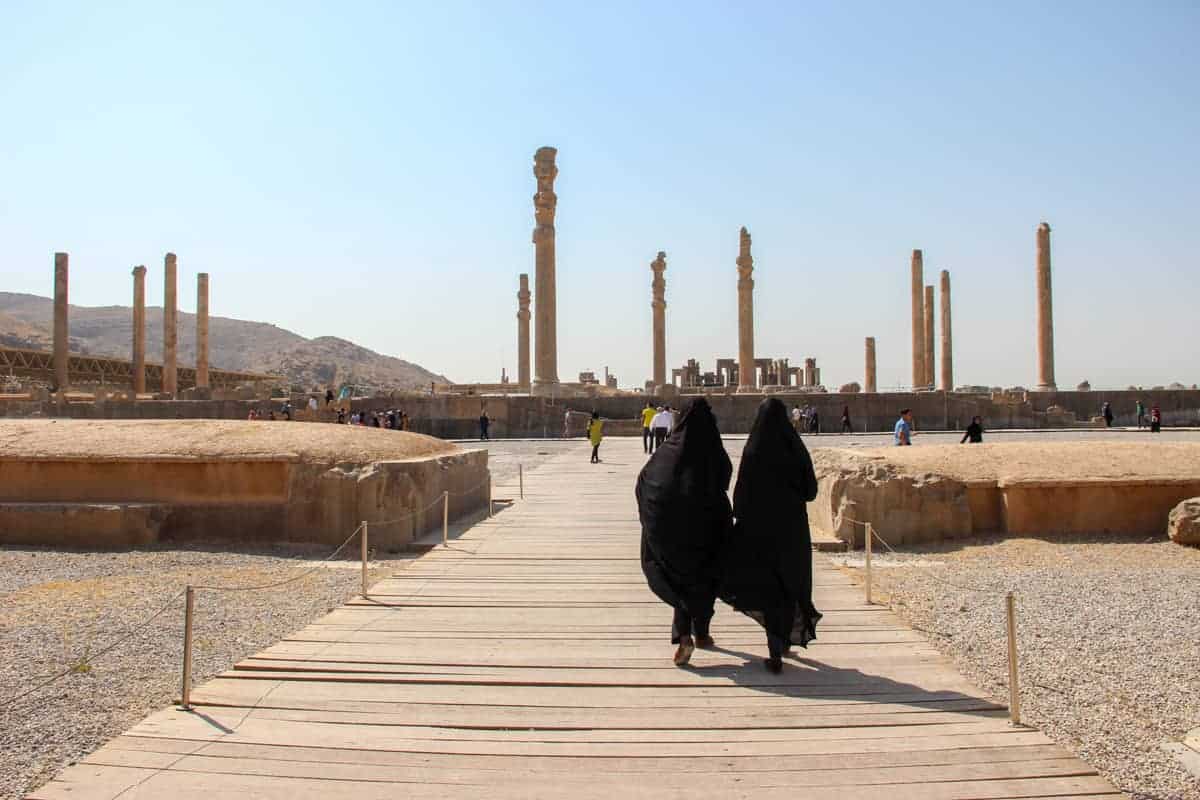
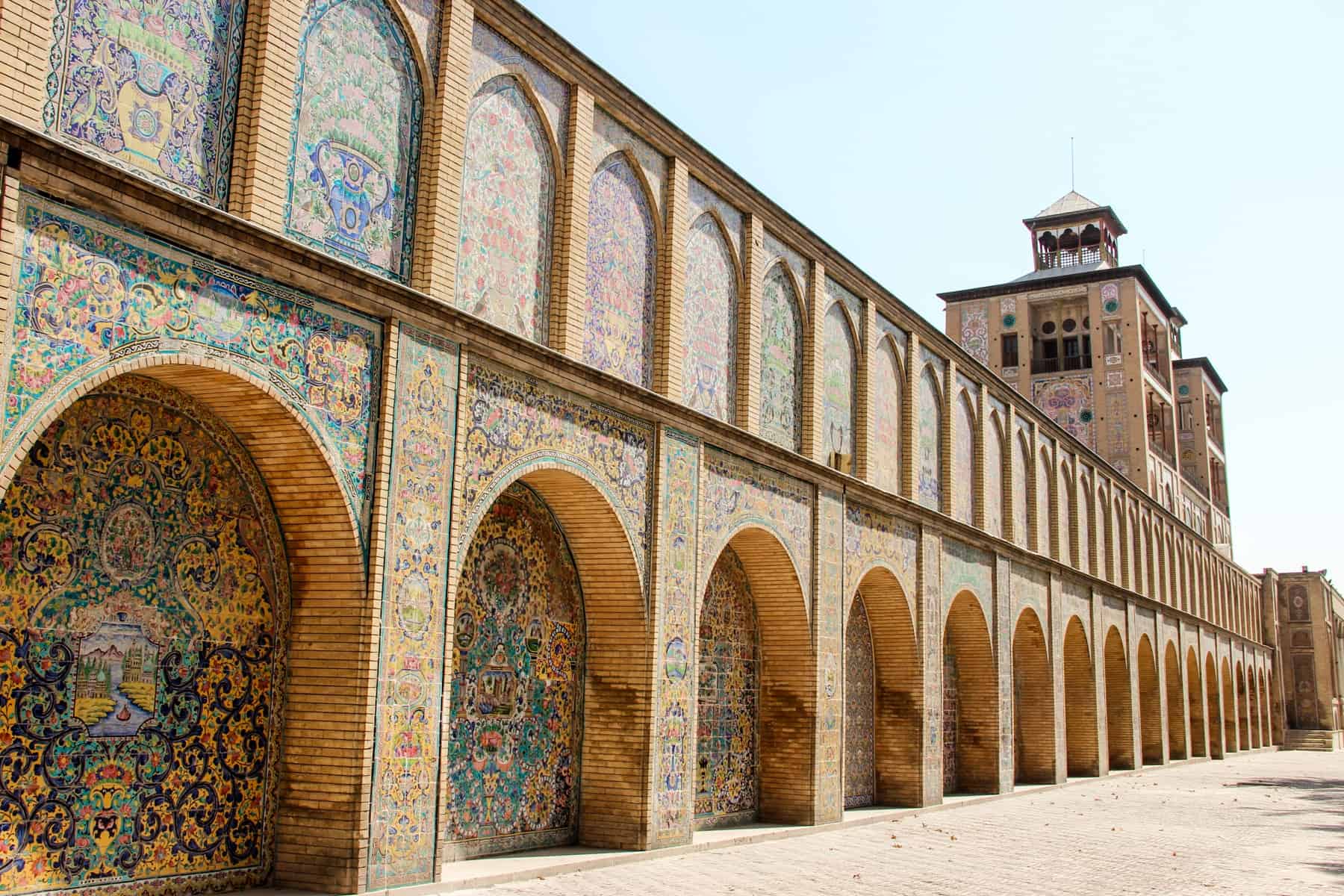
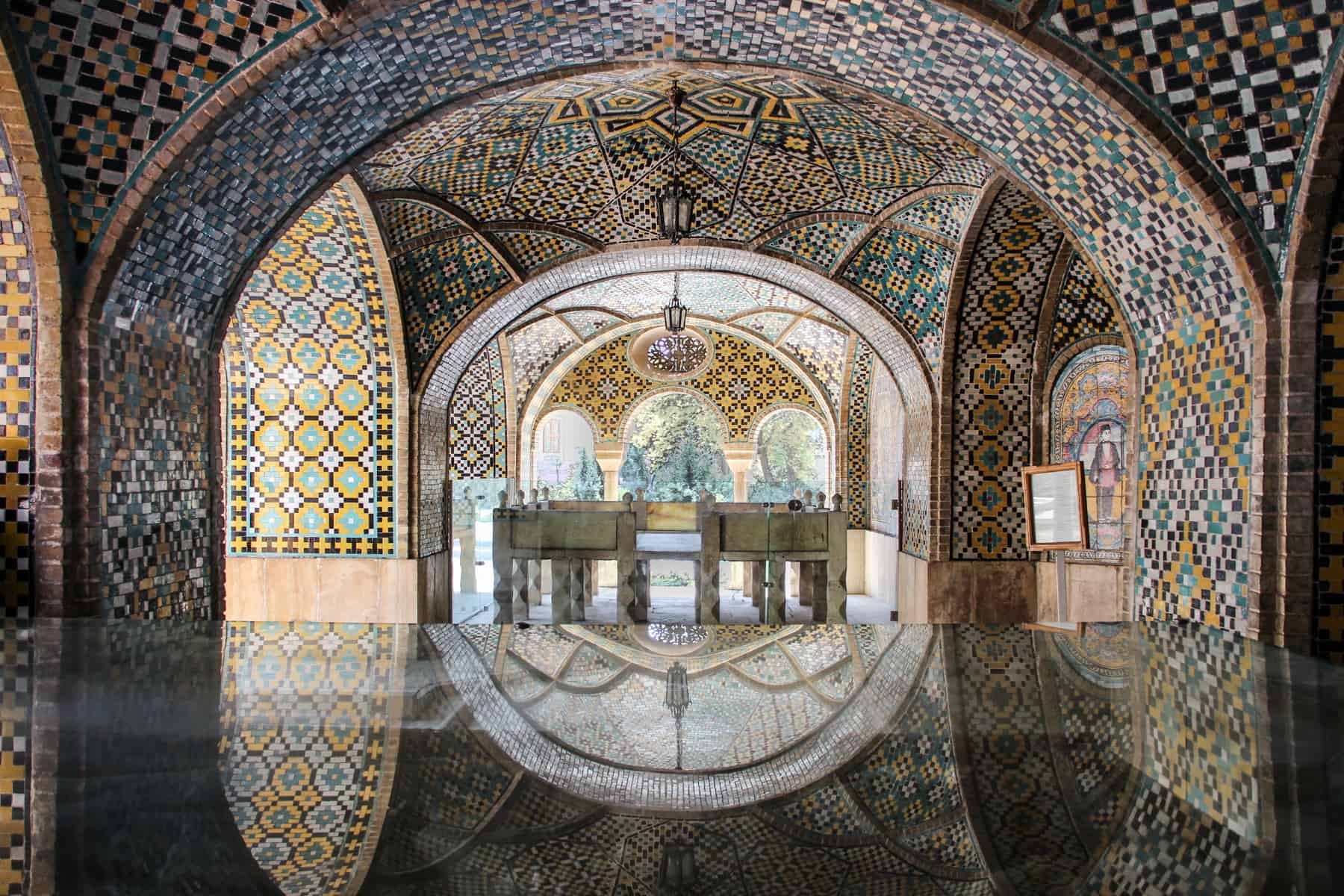
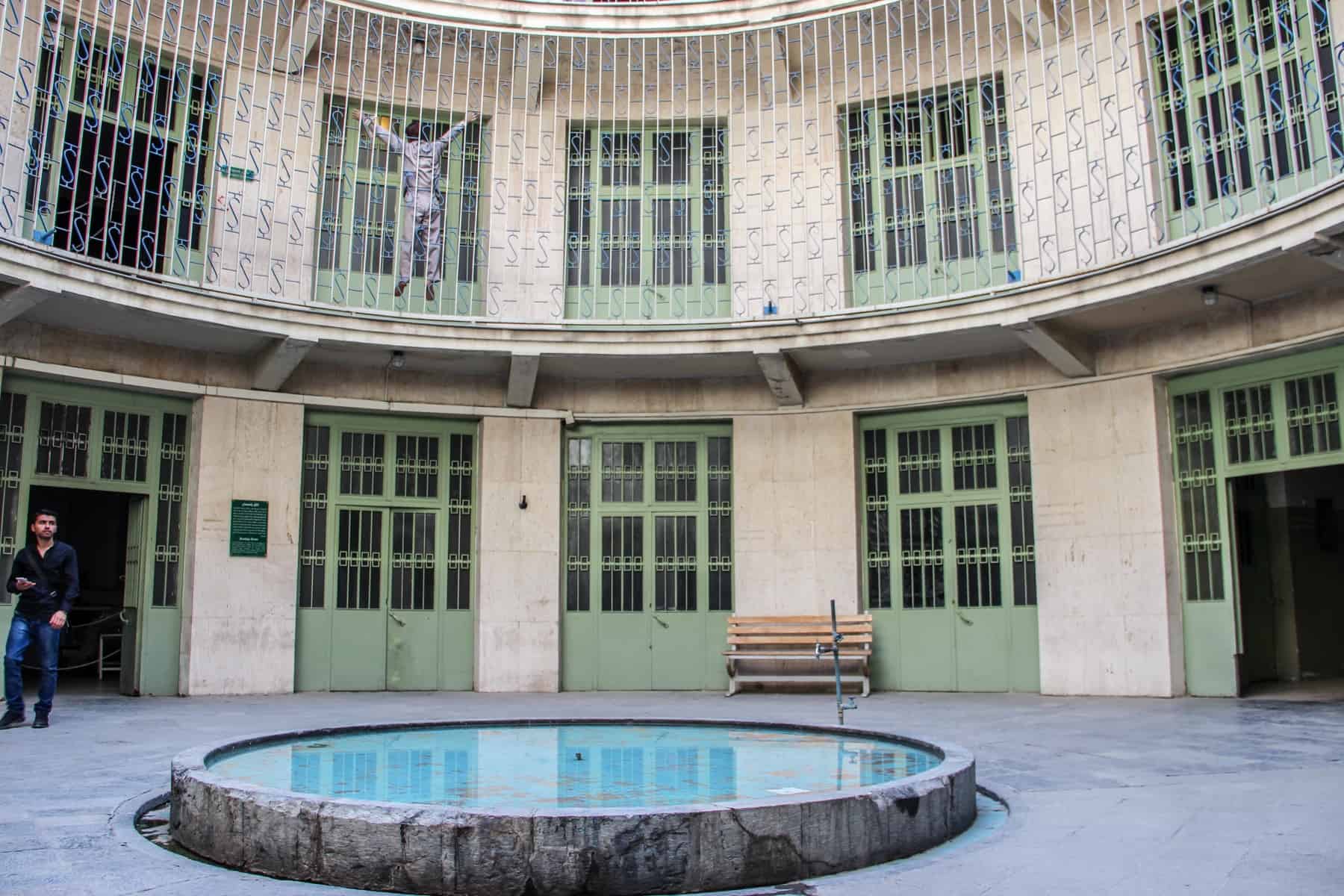
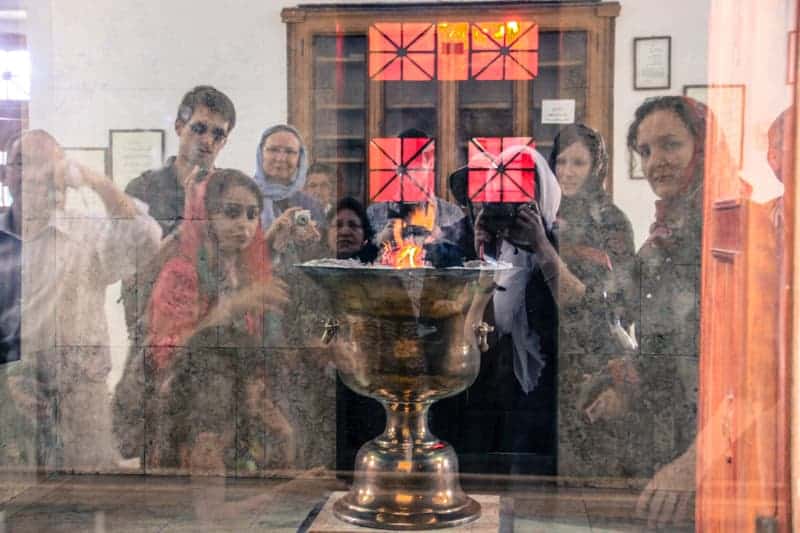
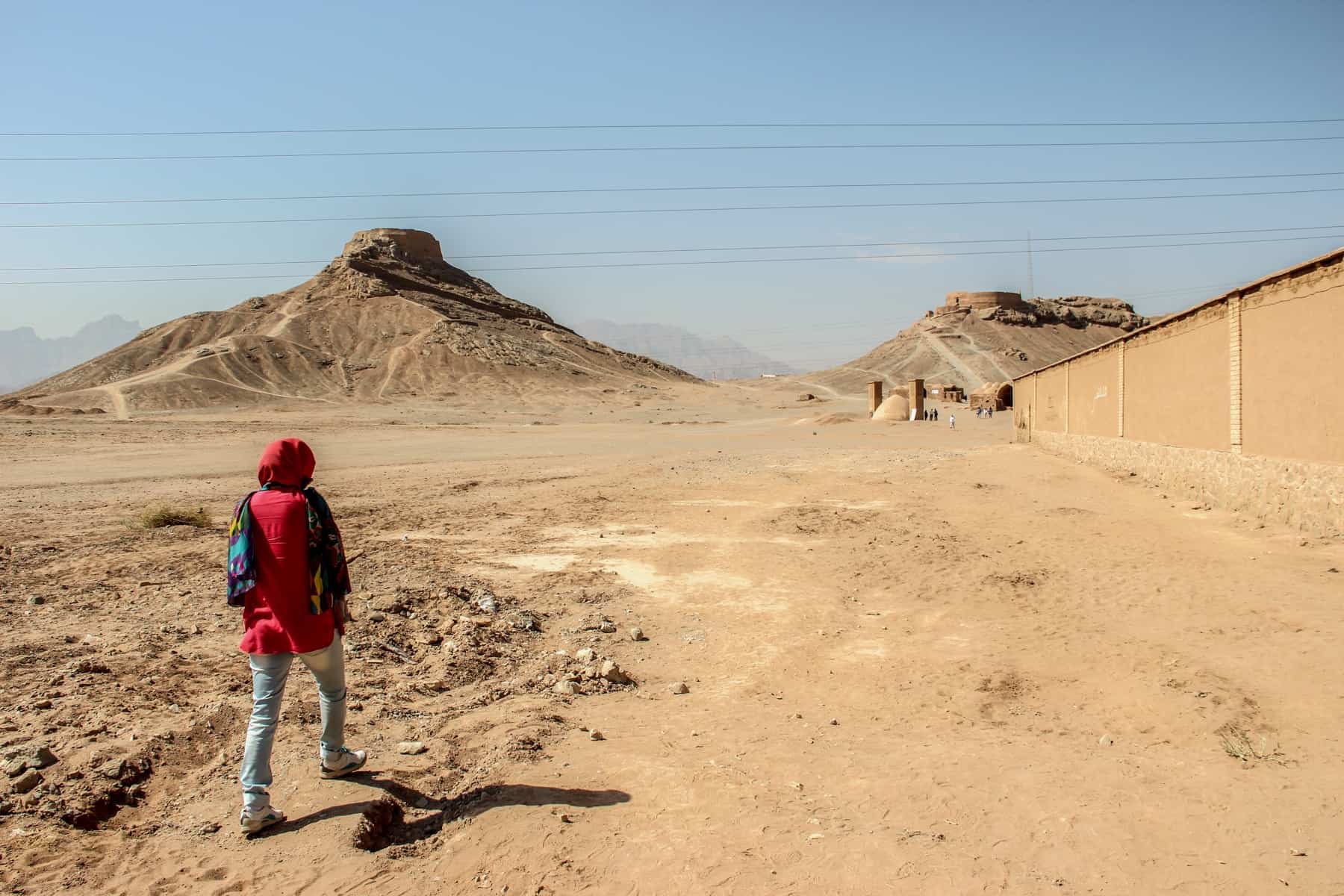
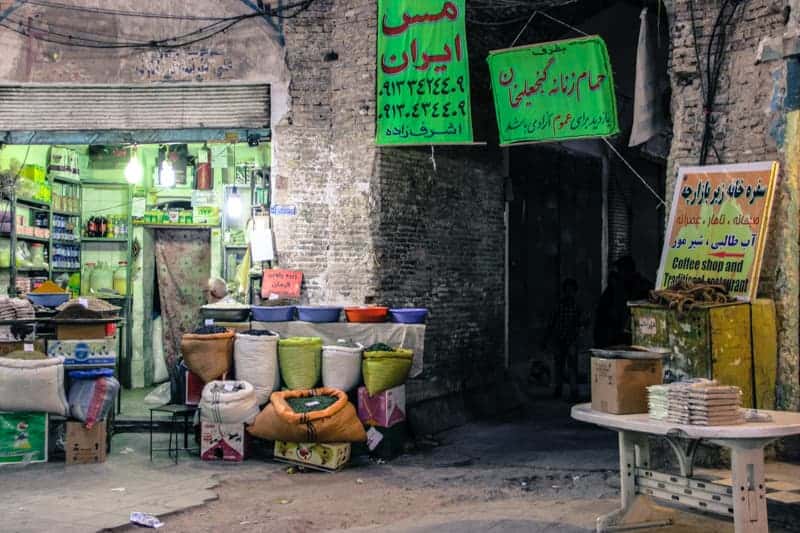
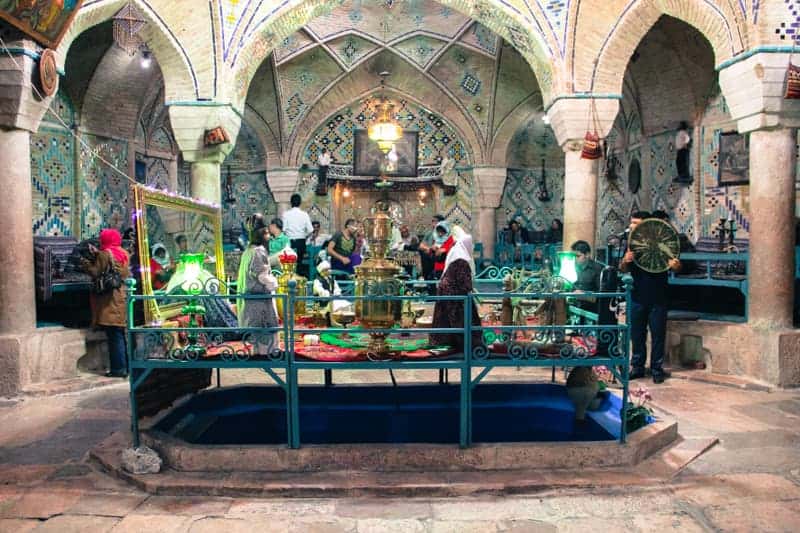
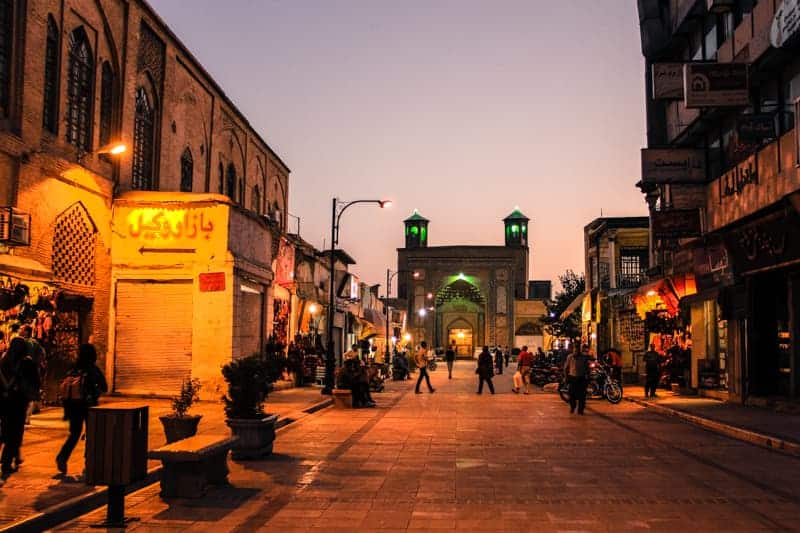
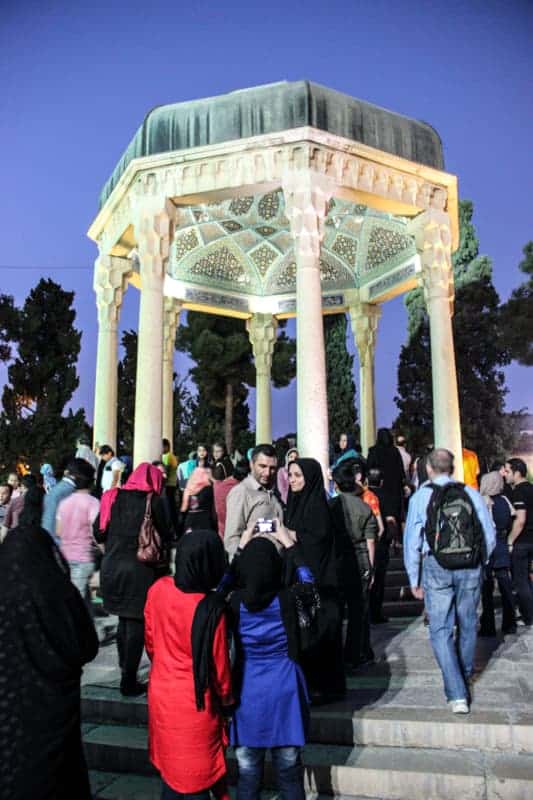
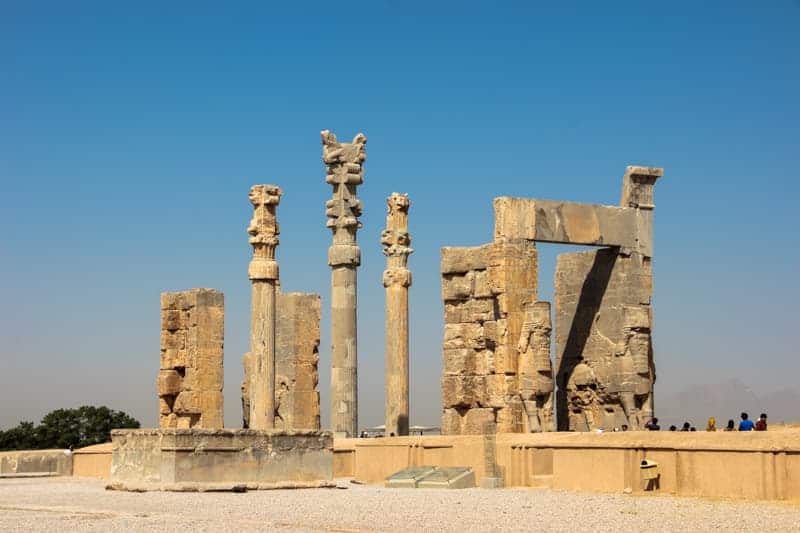
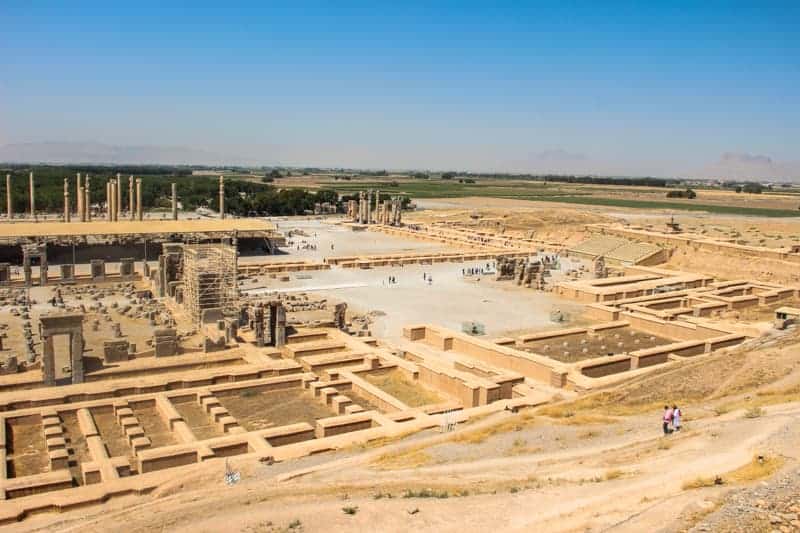
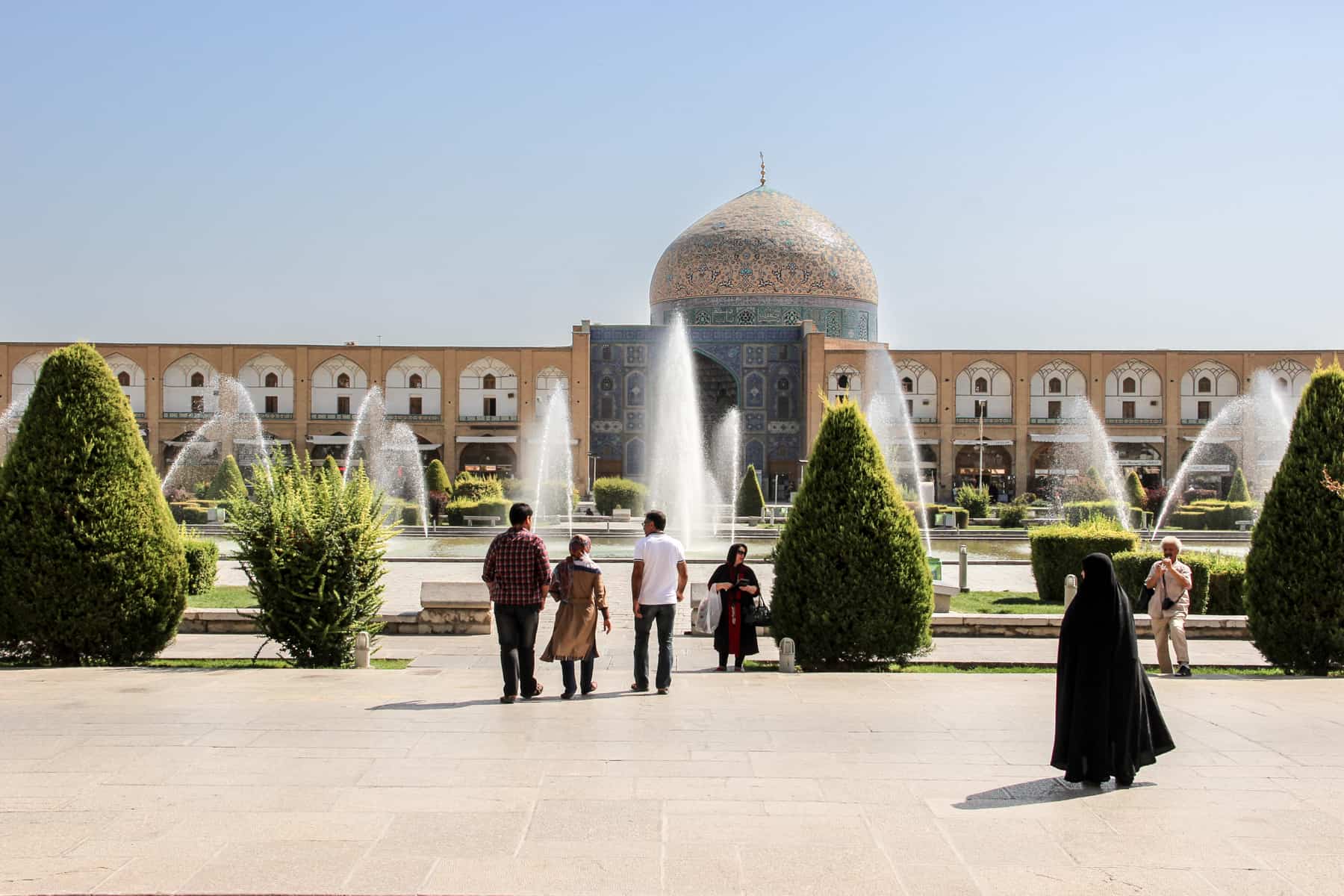
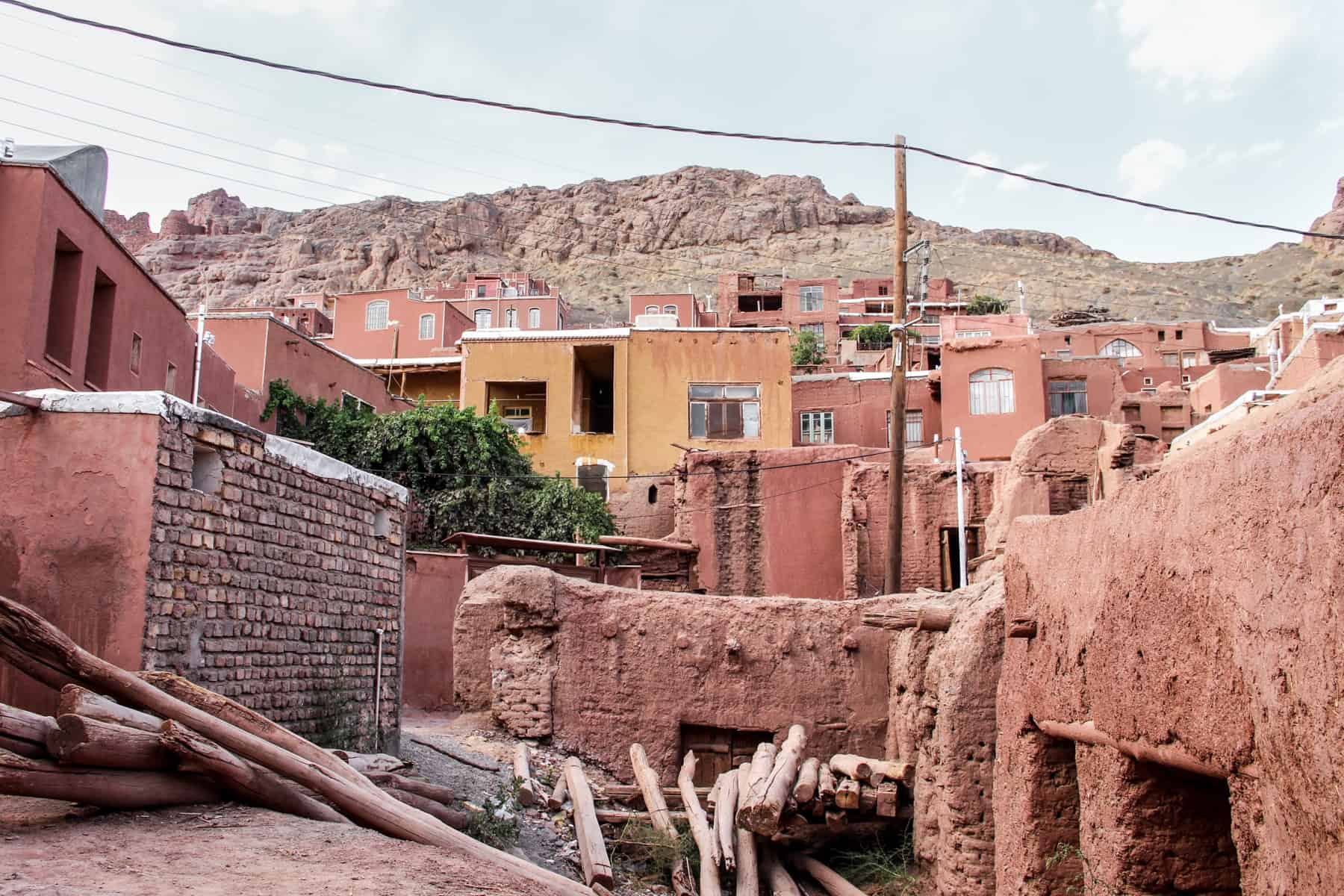
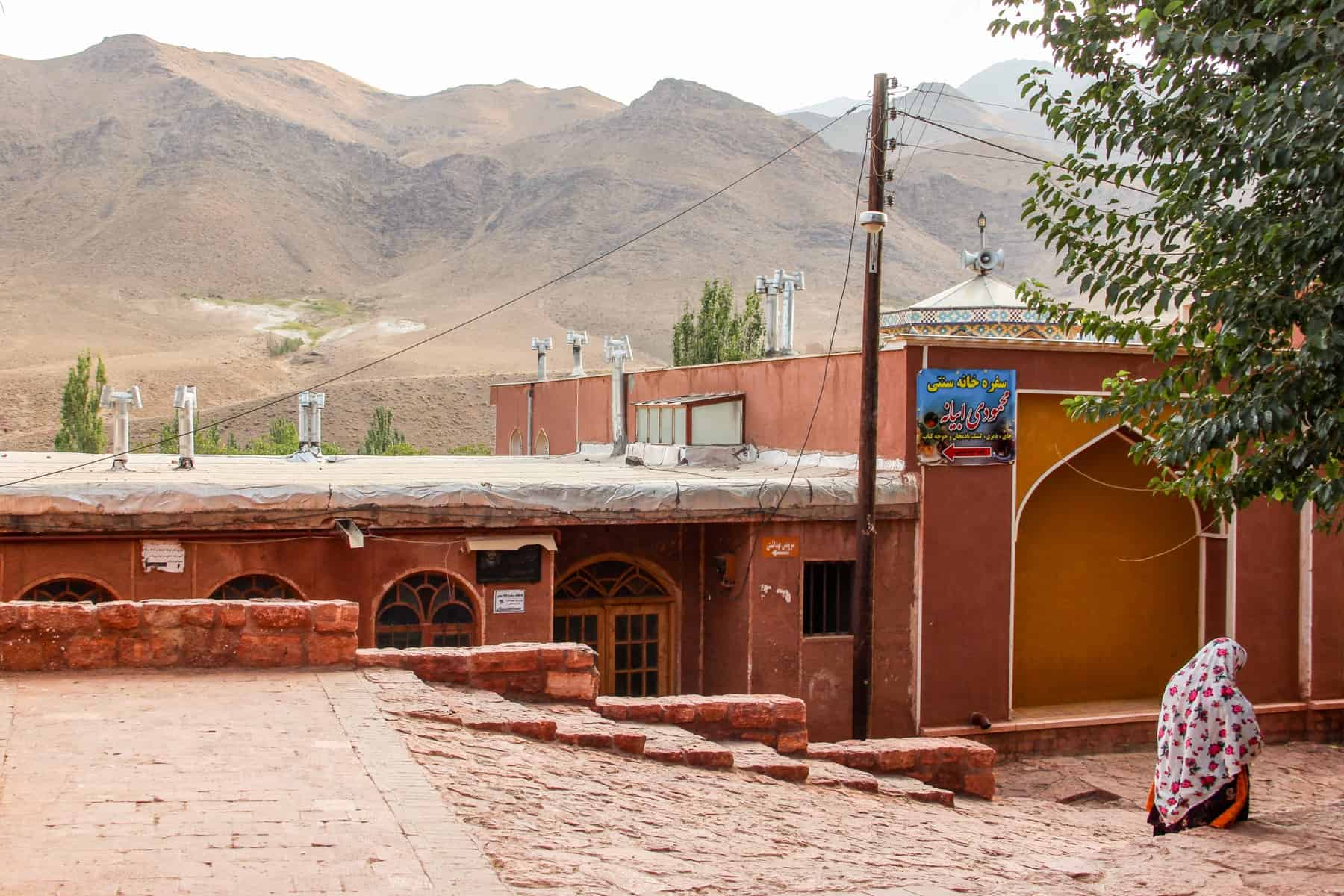
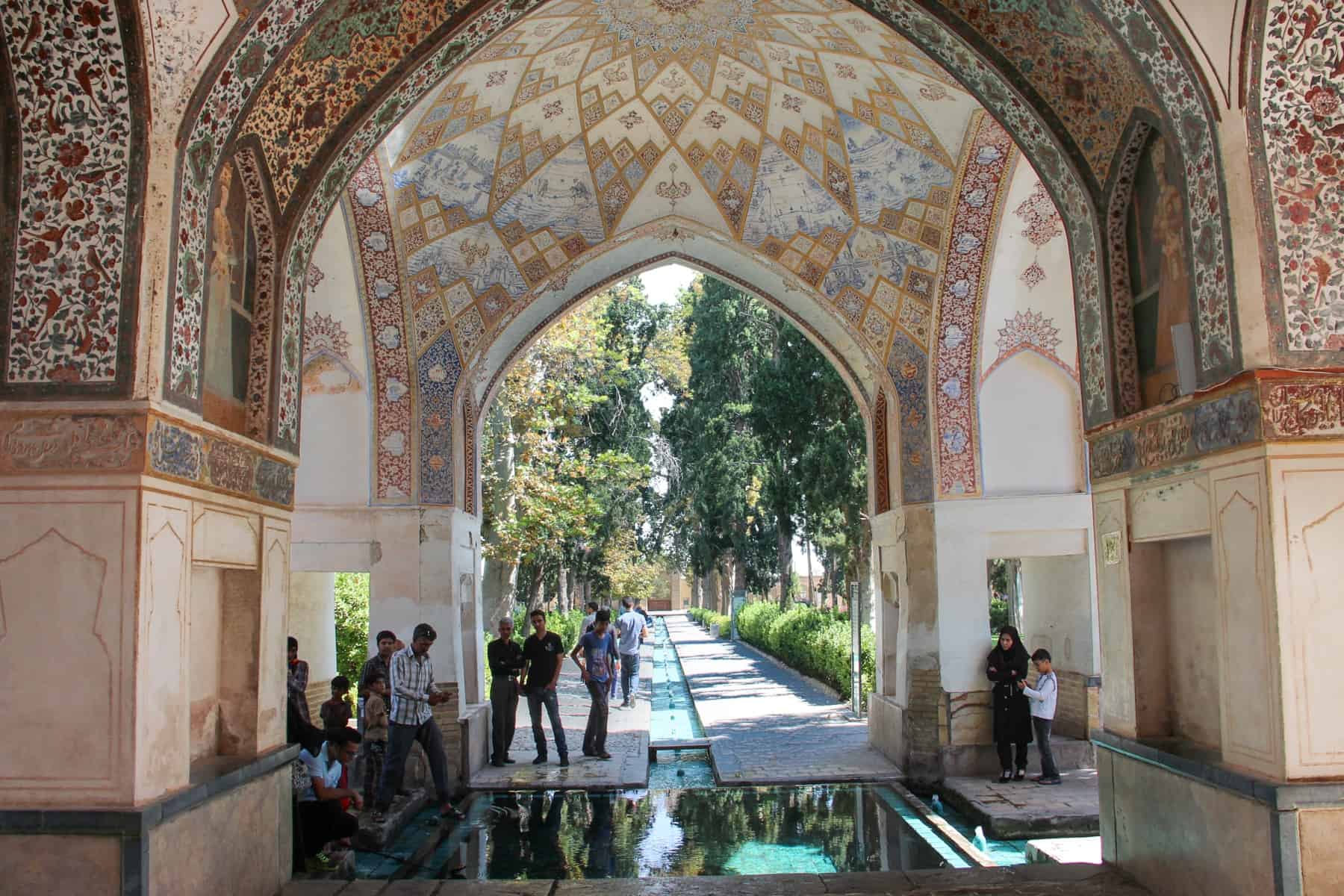
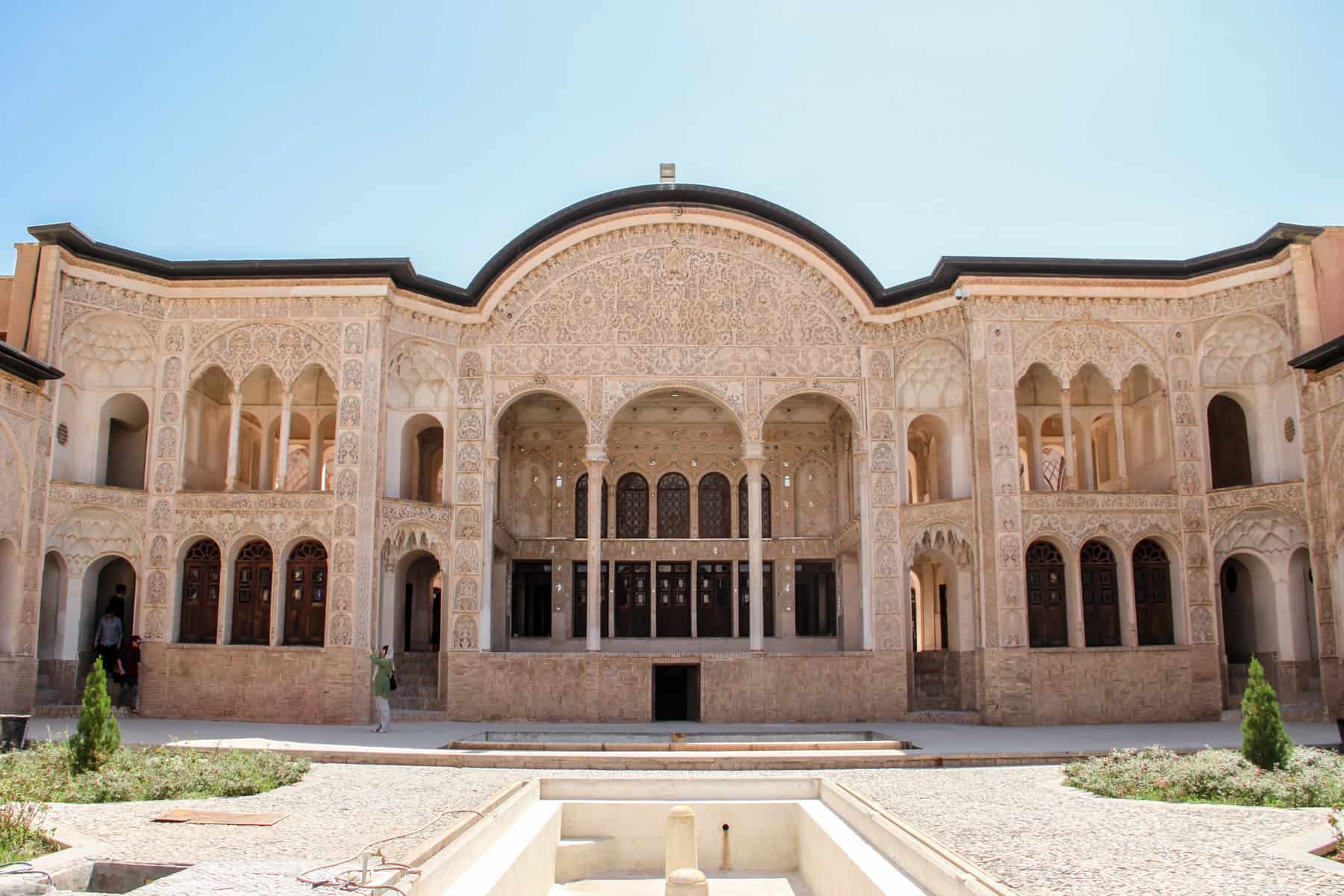
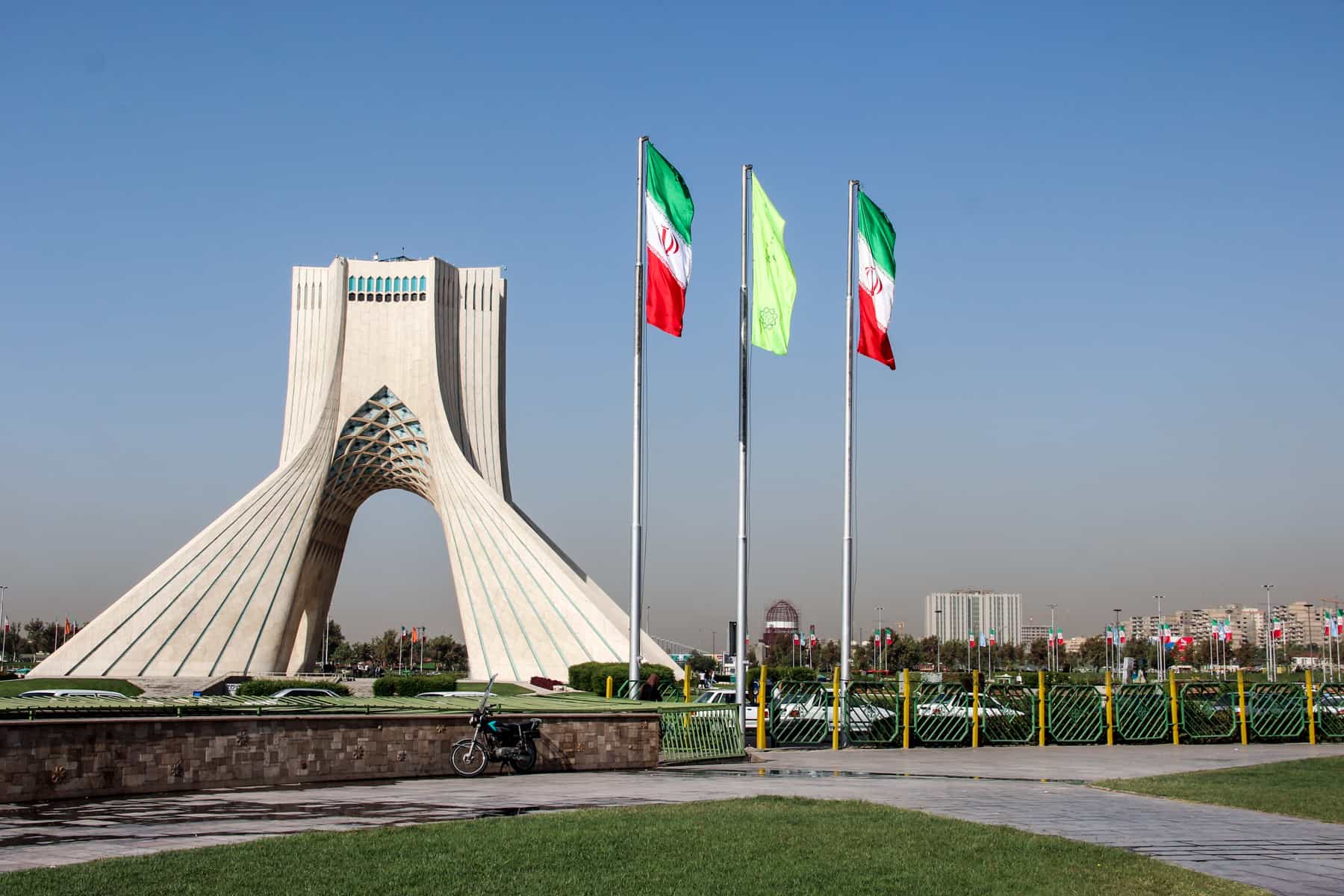
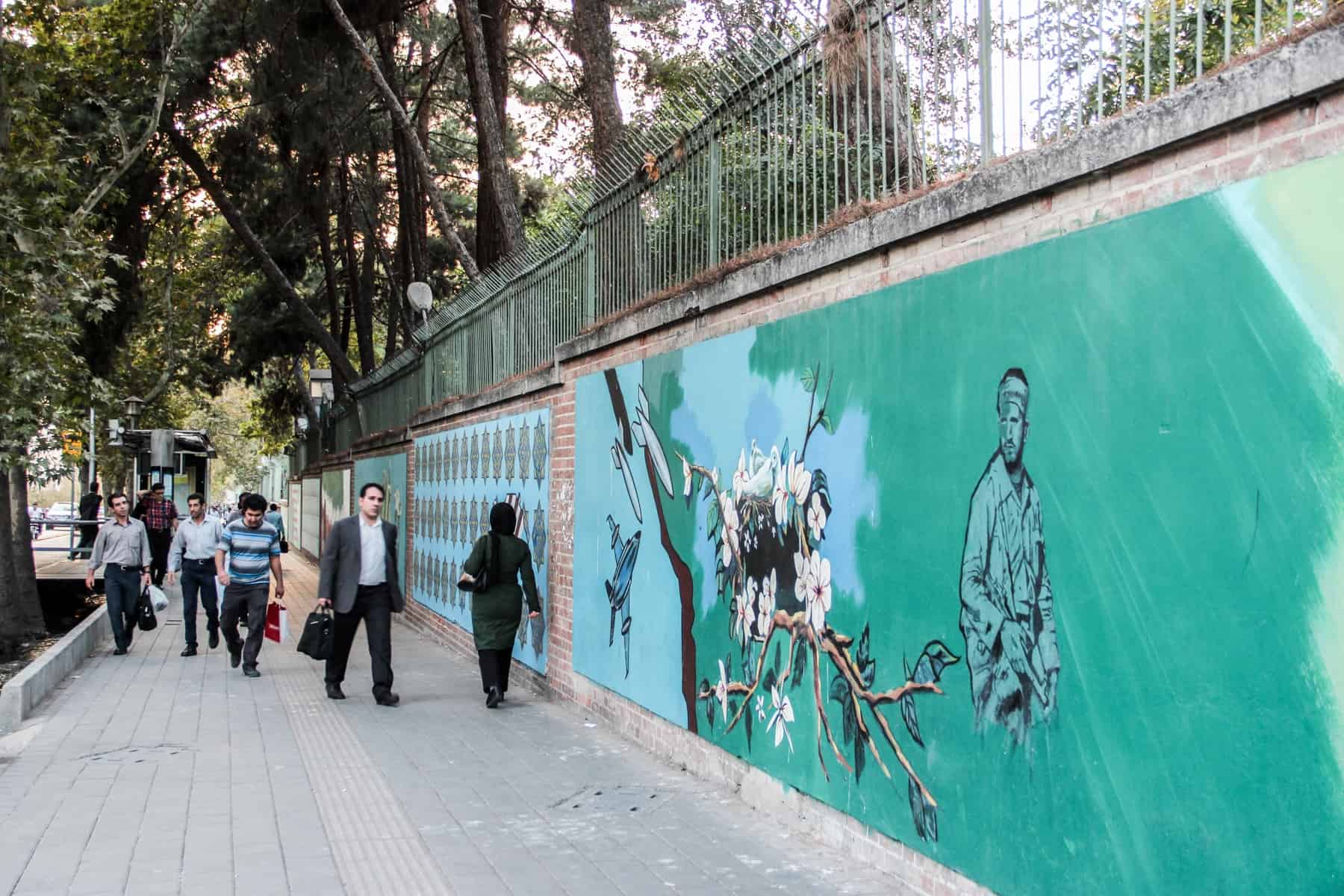
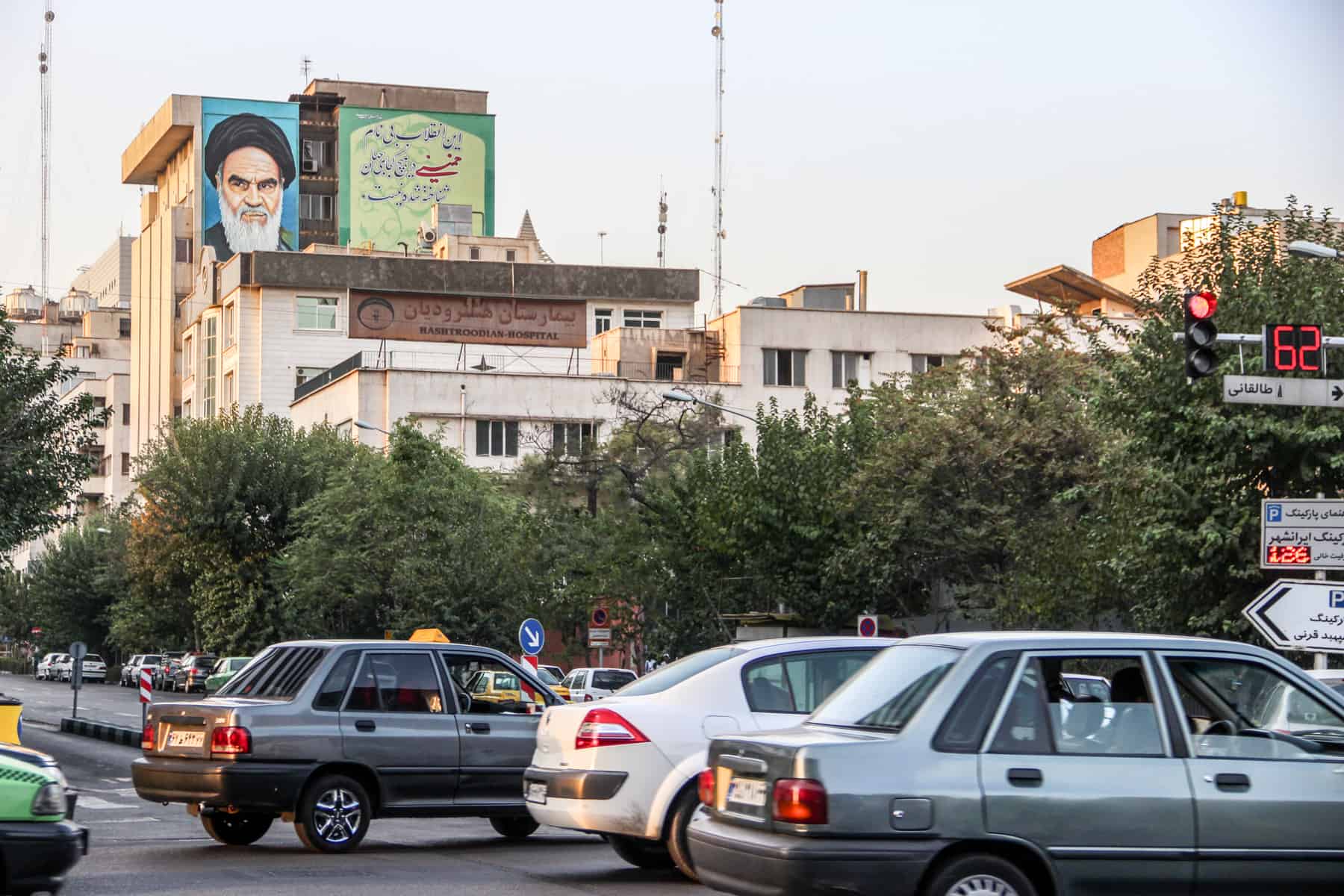
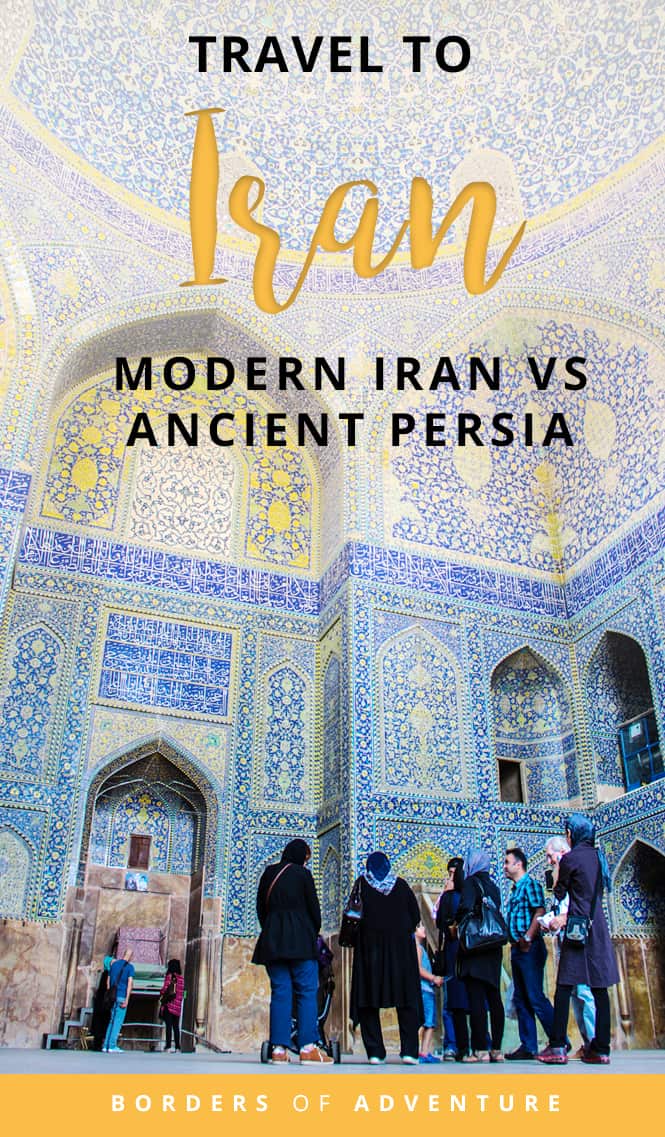
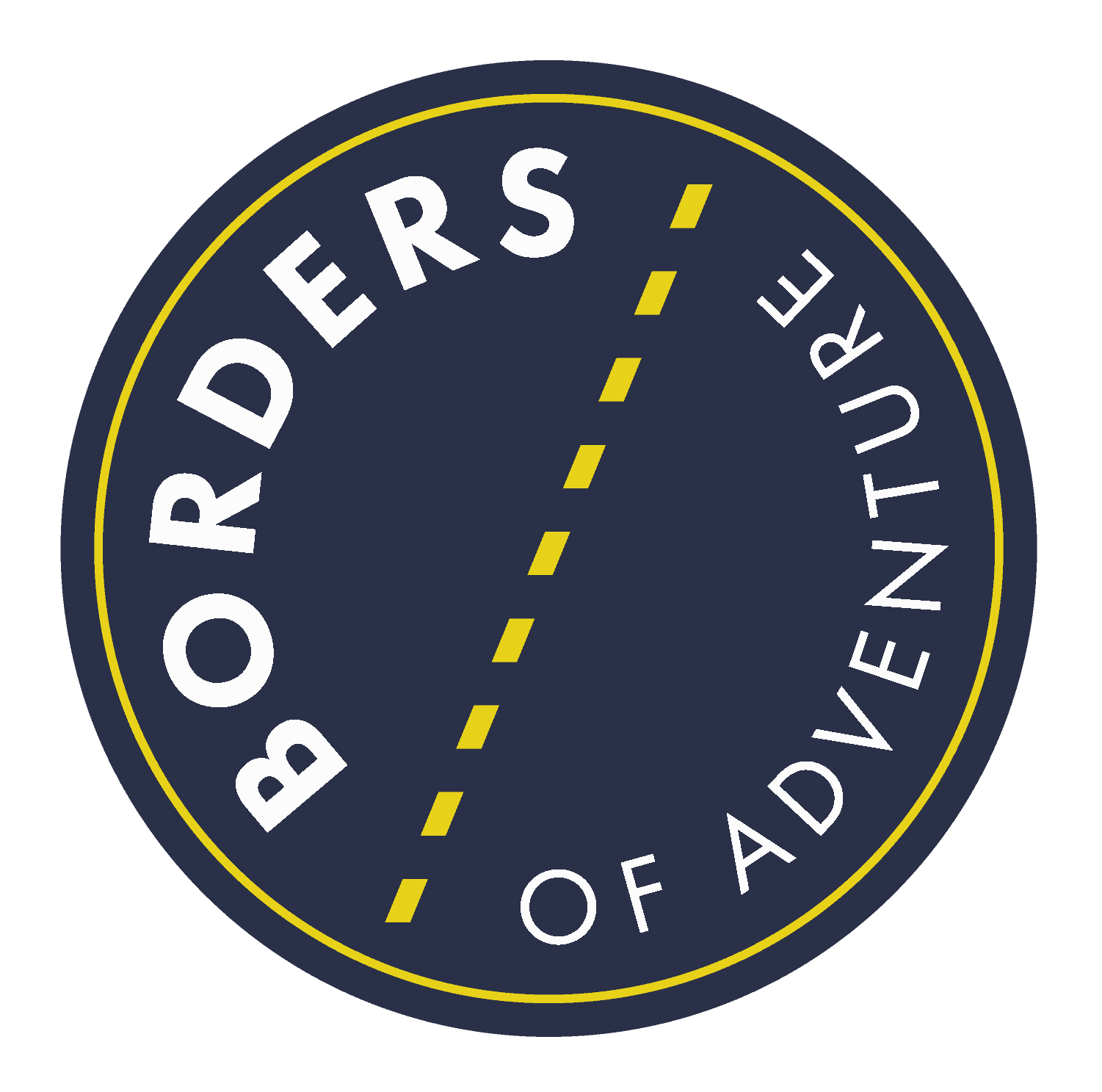
Bahar says
Iran with its rich history and culture and stunning architectures is really popular among tourists and it’s one of the cheapest destinations.
Martina says
Hey Becki
I’ve only just discovered your website, and I’m so glad I did – that was a fascinating read, thank you!
The mix of ancient and modern in Iran seems really distinctive. I’m always intrigued by such places, and can’t help wondering about the people who were there before me. How long ago? How were they different? What were they like? How are we the same? Museums and artefacts can give tantalising hints, but ultimately I’ll never know the answers to these questions.
The historical points you included were really interesting too. I have to admit, I learned a lot. I find it so interesting that the world powers of the early twentieth century were the ones who drew the lines on the map for much of the Middle East.
One thing that I was wondering about your trip – you said that you were required to travel as part of an organised tour. While I’m sure the Iranians you met were very interested to meet you and show you their country? did you ever feel like the officials were eager to keep you away from anything, or that they didn’t want you there? Why do you think they have this requirement? Are they worried about, I don’t, espionage, or an influx of radical values, or dealing with the fallout of you getting yourself into trouble somehow, or what?
Thanks again for the great read. I look forward to exploring more of your site! 🙂
Martina
Becki says
Hi Martina. Being a part of a tour or having a guide is not controlled like it is in say, North Korea. We had lots of free time to wander by ourselves and I even had free days either side in Tehran. There is flexibility. This ‘guided’ requirement only stands for three nationalities – US, UK and Canada – due to various historical happening, lack of embassies and diplomatic relations etc. Of course there are other restrictions and I did sense a very slight feeling of being ‘watched’. But in no way did i ever feel really uncomfortable or in danger. Nor did I ever feel officials were keeping me away from anything. My guide was the fun and laid back.
Iranians are some of the loveliest people you will ever meet. They are happy to see you, interested about where you are from, keen to practice their English and all too eager to show you that Iranians are not like how they are perceived in Western media. Many will extent to you an invite of sorts. Not at all how you perceive it to be from afar.
Martina says
Hey Becki
That’s really interesting, thanks. I guess the whole lack of diplomatic missions thing makes organised touring probably preferable, especially for your government I would guess, as I suppose they would then have someone to blame and hassle (ie the tour company) if things somehow went wrong. (…I might have been doing too much risk management lately, that I keep thinking about liability and worst case scenarios… lol)
I do love meeting people keen to practice their English, because they’re always so happy to chat! They tend to be the most outgoing people, who will then introduce you to their shyer and also fascinating friends – who might be just as keen to chat, but less happy to approach a completely stranger! Which I totally understand.
If you had the option, would you do Iran on the group trip, or would you do it independently? I’m not one of those three nationalities, so I think I would have the choice. 🙂 Having been there, what do you think? I generally prefer independent travel, but there’s definitely times when a small group tour can be really good.
Martina 🙂
Becki says
There’s pros and cons. Personally, I love to wing it solo. However, in a group situation here you get to see a lot more in a shorter space of time, since all the transport is sorted for you; get to a few places public transport can’t reach; have the full knowledge of a guide. Solo travel in Iran happens, it is just not a place where you see that many solo females. And I saw lots of solo guys, couples, but one solo woman. You weigh it up according to how much you want to be challenged and isolated. I’m used to that and here it would be slightly harder. It’s also expensive since it is a hotel country, not cheap guesthouses and hostels. I wanted to go for a month solo, but I couldn’t.
Britany says
What an incredible experience this must have been. I’d love to see Iran for myself someday. The more people can share experiences like this one, first hand, the less power the negative connotations will hold over the culture and the people. Thank you for sharing!
Becki says
Breaking own stereotypes made worse by western media, had to be done!
Nikita says
Posts like this are making Iran move higher and higher up on my “Places to visit” list. Beautiful photos, and the history… Wow!
Becki says
The history is INCREDIBLE! Sooooo much to see, and these two weeks only scratched the surface!
Amanda says
This post is FASCINATING, Becki! I loved the historical tidbits – I’m a huge history nerd, and that is all so interesting to me.
Can’t wait to read more! (And see more gorgeous photos of mosques!)
Becki says
Glad I am not the only history nerd out there. Glad you enjoyed it 🙂
Emma says
Fantastic post covering these sides of Iran. It reminded of all the reasons this country is probably the one I want to visit most.